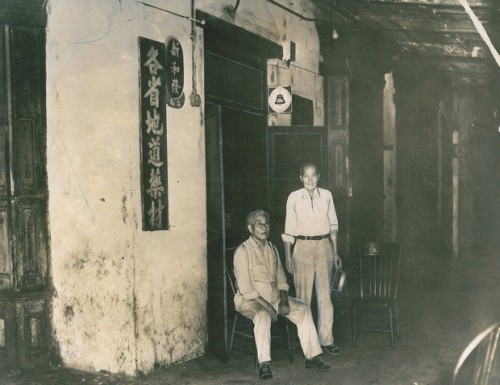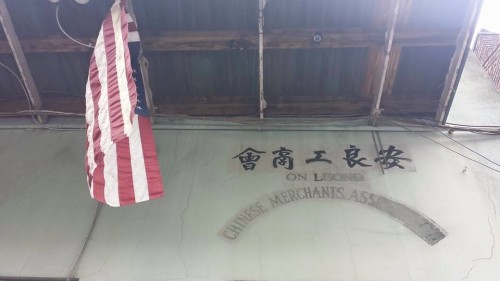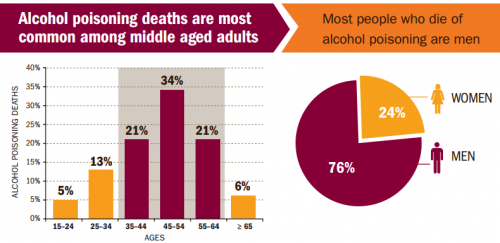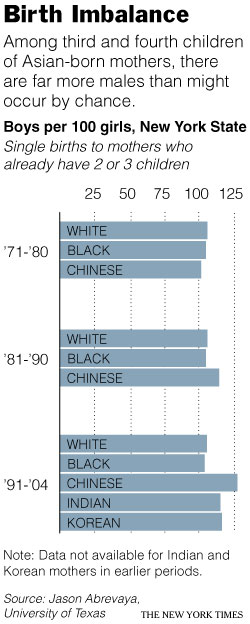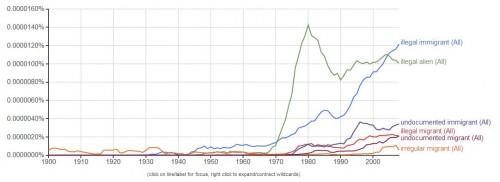 Killing at the hands of an illegal alien spurs furious debate about closing borders and deporting the undocumented. It is the year before a presidential election and candidates denounce undocumented immigrants as the conveyors of Mexican violence into our country.
Killing at the hands of an illegal alien spurs furious debate about closing borders and deporting the undocumented. It is the year before a presidential election and candidates denounce undocumented immigrants as the conveyors of Mexican violence into our country.
When Robert J. Sampson, Harvard sociologist and criminologist, wrote about this news, he was not writing about the death of young Kate Steinle in San Francisco in 2015, but about murders in New Jersey in 2007. And he wrote to say that his research and that of others showed that immigrants are less likely than the native-born to commit murder and “that immigration — even if illegal — is associated with lower crime rates….” He had previously made similar claims in The New York Times and had gotten vituperation in response.
Popular skepticism toward Sampson might be expected given the media coverage of sensational crimes like the one on Pier 14 and of Mexico’s drug wars. But behind the headlines, the daily reality on the streets of the U.S. seems to be that immigrants bring less crime. Indeed, scholars like Sampson have suggested that the surge of Latino immigration, documented and not, may partly explain the great drop in violent crime in American cities since the 1980s.
Now, two presidential cycles since the Sampson article, we have new studies and more technically sophisticated ones on the topic. What do they say about the effects of immigration on crime and violence?
Immigration does not increase crime
The research I reviewed – several recent articles (see bibliography here) – is pretty consistent: Immigrants and concentrations of immigrants are associated with lower rates of crime and homicide. To be more cautious: at minimum, there is no connection between immigration and higher rates of crime.
Studies of individuals show that, as two experts summarize, “immigrants are less, not more, crime prone than their native-born counterparts.” Second- and third-generation immigrants start to look more like many-generation Americans in criminality (much as they do in other ways, such as diet and health behaviors). One study suggests that for adolescents the “protective” effect against criminality of being an immigrant may wear off after four years. But newcomers are notably less likely to commit crime than otherwise similar American-born youth.
Neighborhoods with many immigrants are not higher in crime
Many new studies compare neighborhoods, cities, or counties to assess the relationship between local concentrations of immigrants (or of Latinos) and rates of crime or violence. The general conclusion is that the higher these concentrations in a community, the lower the rates. A couple of studies find that the connection depends on the local context. In more impoverished neighborhoods or in cities with historically larger numbers of immigrants or with immigrant political power, additional immigration seems to push crime down yet more.
Complex statistical work suggests that this correlation reflects a causal connection: more immigrants arrive and violent crime fades. Why would that be so?
Sampson and others suggest that Latino immigrants have stronger families and community institutions, such as churches, than do the native-born. These provide more social control over youth. Researchers also propose that immigration has helped economically revitalize many U.S. cities and driven down crime that way, too.
Whatever the explanation, the general pattern is the reverse of the heated rhetoric: Overall, immigration goes with less criminal violence.
Claude Fischer is a sociologist at UC Berkeley and is the author of Made in America: A Social History of American Culture and Character. This post originally appeared at his blog, Made in America, and was re-posted on the Berkeley Blog.

